It looks like you're using an Ad Blocker.
Please white-list or disable AboveTopSecret.com in your ad-blocking tool.
Thank you.
Some features of ATS will be disabled while you continue to use an ad-blocker.
18
share:
I came across images of and information about these wonderfully bizarre and naturally occurring stones. Sometimes even when it is "just a rock" it's
still something to marvel at. Prevailing scientific hypothesis is best described by this excerpt from
hoaxorfact.com.
It's easy to see how upon viewing this stones, locals could imagine any number of strange origins. A commonly held belief has been that the stones multiply, possess roots and that after a heavy rain, the stones grow and also form protrusions like a plant.
What additional information I've been able to gather regarding scientific study indicates that the stones do "grow" (increase in size), albeit imperceptibly, when exposed to water, possibly due to a chemical reaction between different layers of the stones. The layered composition of sand and minerals forming these concretions also explains why when Trovants with root like protrusions are found and these structures bisected, rings similar in appearance to a tree's "growth rings" can be found.
It's worth mentioning that the spherical shapes bear striking resemblance to the notable spherical stones of Costa Rica and New Zealand (Moeraki Boulders) though similar stones are also found in the U.S., Czech Republic, Russia, China, Mexico, and other places.
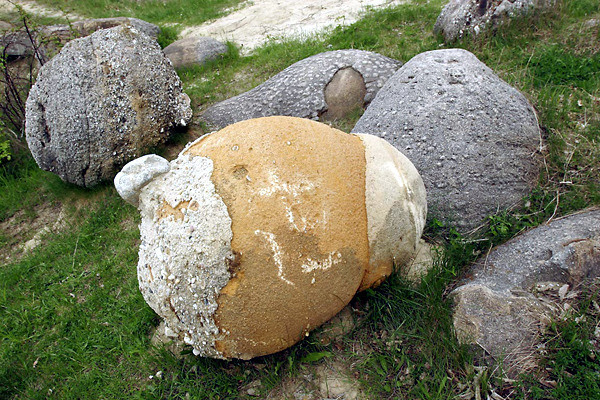
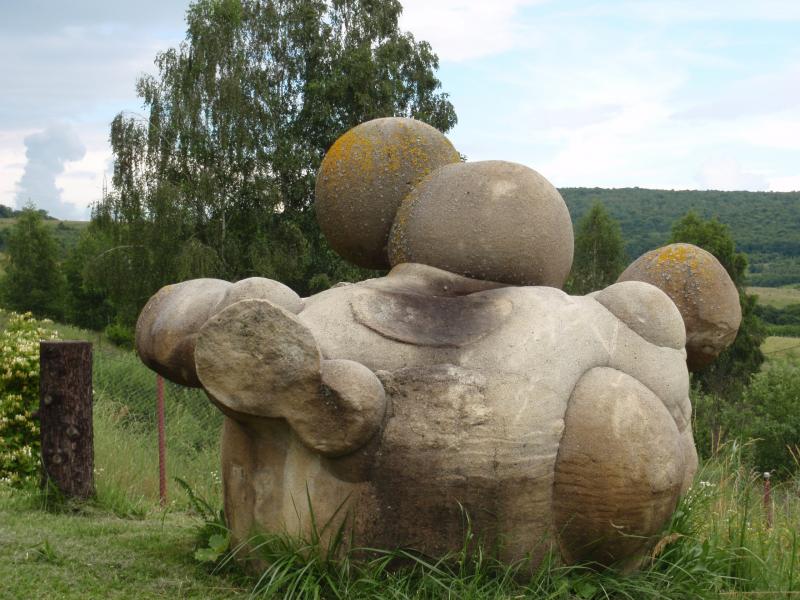
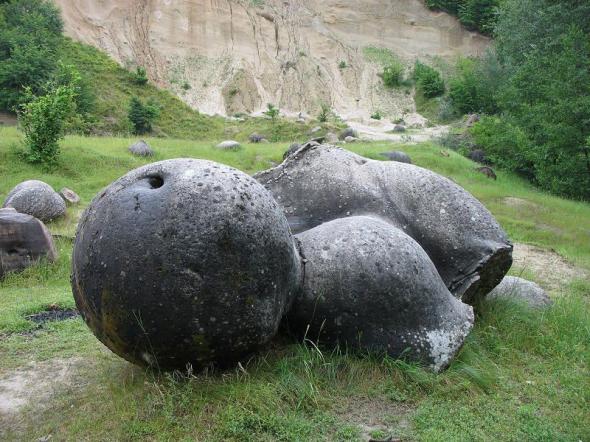
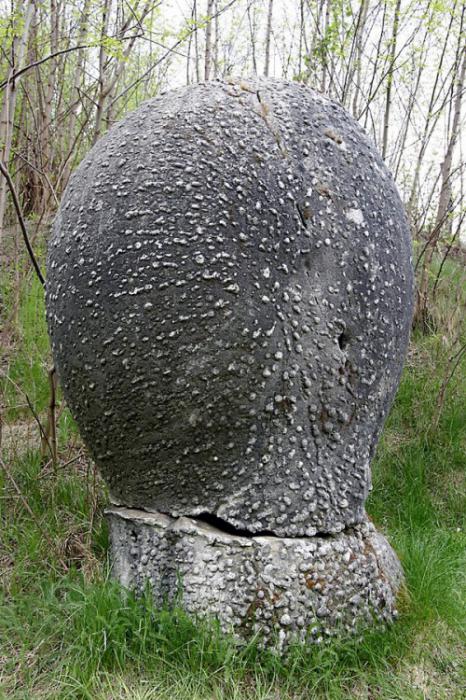
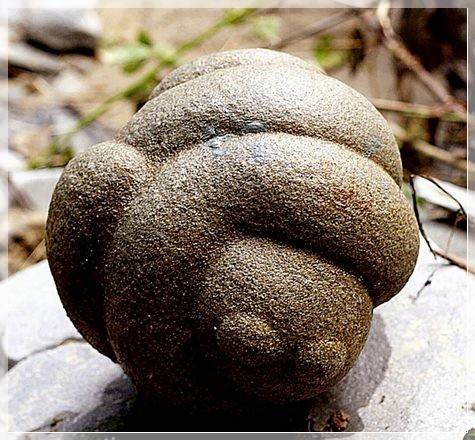
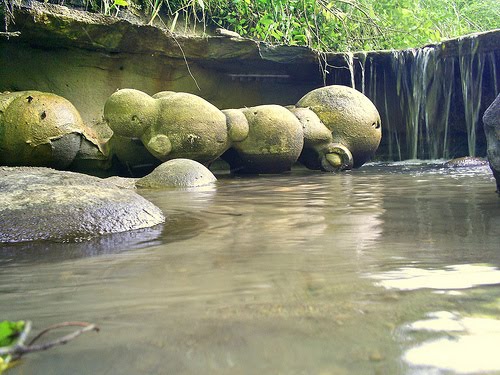
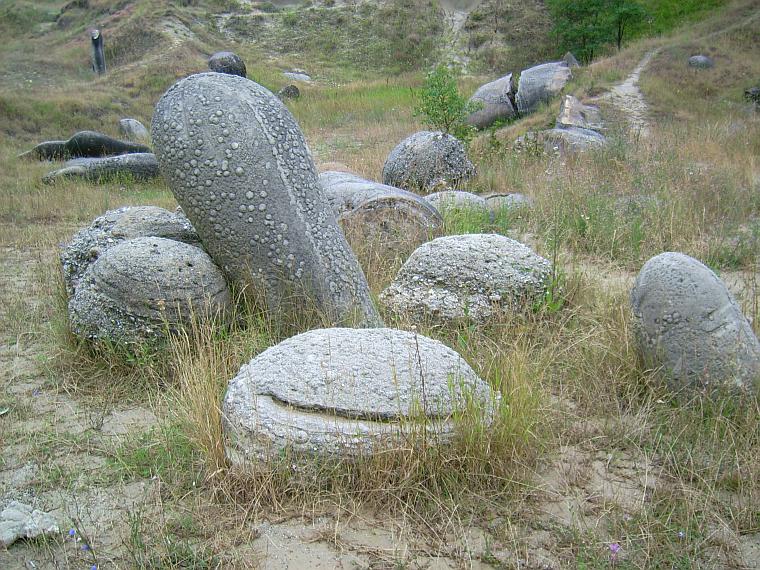
According to the hypothesis of the congress, the Trovants of Romania represent diagenetic textures reflecting paleodynamic (paleoseismic) conditions and correspond to specific compactions of the sandy sediments containing locally solutions (especially carbonate) accumulated in the sand, which during important seismic shocks and under the influence of the internal cohesion forces tended to spherical forms.
It's easy to see how upon viewing this stones, locals could imagine any number of strange origins. A commonly held belief has been that the stones multiply, possess roots and that after a heavy rain, the stones grow and also form protrusions like a plant.
What additional information I've been able to gather regarding scientific study indicates that the stones do "grow" (increase in size), albeit imperceptibly, when exposed to water, possibly due to a chemical reaction between different layers of the stones. The layered composition of sand and minerals forming these concretions also explains why when Trovants with root like protrusions are found and these structures bisected, rings similar in appearance to a tree's "growth rings" can be found.
It's worth mentioning that the spherical shapes bear striking resemblance to the notable spherical stones of Costa Rica and New Zealand (Moeraki Boulders) though similar stones are also found in the U.S., Czech Republic, Russia, China, Mexico, and other places.







edit on 7-11-2013 by theantediluvian because: (no reason given)
reply to post by theantediluvian
SnF - How cool are these stones? I've never seen anything like these. They are cool and kinda creepy all at the same time! They kind of give me the heebeejeebees, to be honest.
Now I have to go look at more photos of them...lol!
SnF - How cool are these stones? I've never seen anything like these. They are cool and kinda creepy all at the same time! They kind of give me the heebeejeebees, to be honest.
Now I have to go look at more photos of them...lol!
reply to post by DustbowlDebutante
Thanks!
Here are a few more images including an impressive sphere that reminds me of Jupiter, a sort of flying saucer shaped stone and a broken stone that shows the layer reminiscent of trees' growth rings:
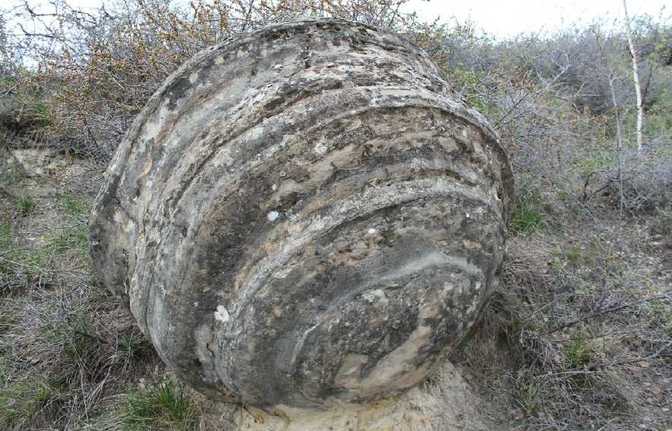
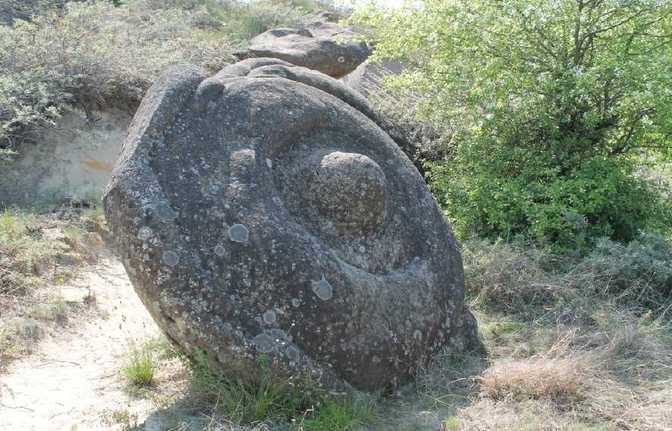
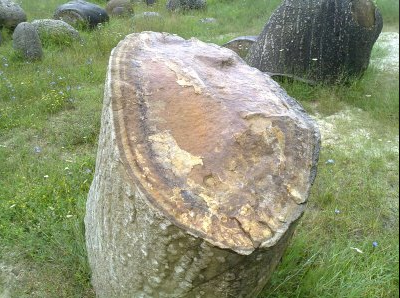
Thanks!
Here are a few more images including an impressive sphere that reminds me of Jupiter, a sort of flying saucer shaped stone and a broken stone that shows the layer reminiscent of trees' growth rings:



reply to post by kmb08753
I know, right?
I think one of these would look beautiful in one of my flowerbeds or in my back yard... I think I will have to see if there are any near me or if the rock collector/seller the next town over has any of these or any means of procuring them.
I know, right?
I think one of these would look beautiful in one of my flowerbeds or in my back yard... I think I will have to see if there are any near me or if the rock collector/seller the next town over has any of these or any means of procuring them.
reply to post by theantediluvian
Wow! Nice collection. The second one from the bottom looks carved, and I wonder if the third from the bottom was not a carved coiled snake that was tipped over. Fascinating stuff. Thanks for sharing this.
Wow! Nice collection. The second one from the bottom looks carved, and I wonder if the third from the bottom was not a carved coiled snake that was tipped over. Fascinating stuff. Thanks for sharing this.
reply to post by theantediluvian
Amazing how much these NATURALLY occurring stones look like the rocks some members claim are PROOF of life and/or intelligence on Mars...
Makes one think, doesn't it?
Amazing how much these NATURALLY occurring stones look like the rocks some members claim are PROOF of life and/or intelligence on Mars...
Makes one think, doesn't it?
reply to post by 35Foxtrot
How do you know they are naturally occuring? The last pic looks like a fossil tree.
How do you know they are naturally occuring? The last pic looks like a fossil tree.
symptomoftheuniverse
reply to post by 35Foxtrot
How do you know they are naturally occuring? The last pic looks like a fossil tree.
You're joking, right?
reply to post by 35Foxtrot
stalagmites and stalagtites are natural,however no one can garantee that these shapes are not caused by human hands or ancient life forms.
reply to post by theantediluvian
not stones but alien poop from ancient gigantic mineral based lifeforms
not stones but alien poop from ancient gigantic mineral based lifeforms
reply to post by theantediluvian
These are really neat. I would love a huge one in my garden too.
There are similar but much smaller rocks found up here in Alaska. They call them spirit rocks. Most of them are very symmetrical . It is thought that a mosquito or some other small object landed in the mud and slowly the layers covered the seed object with the help of the tides.
I have actually found some small examples and brought them home to my gardens.
I have some photos , but I can't seem to get the photo box to cooperate. I'll try again soon.
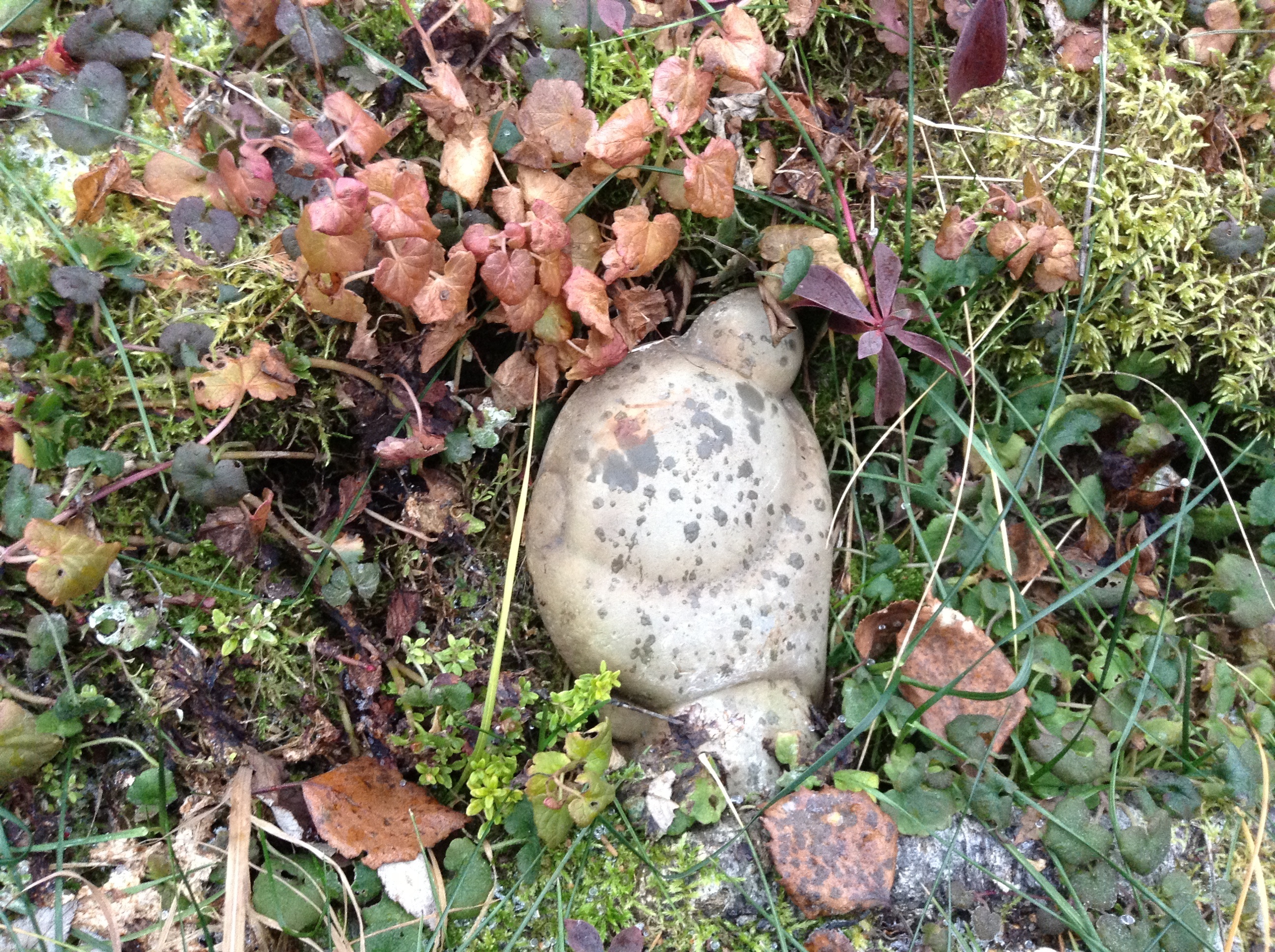
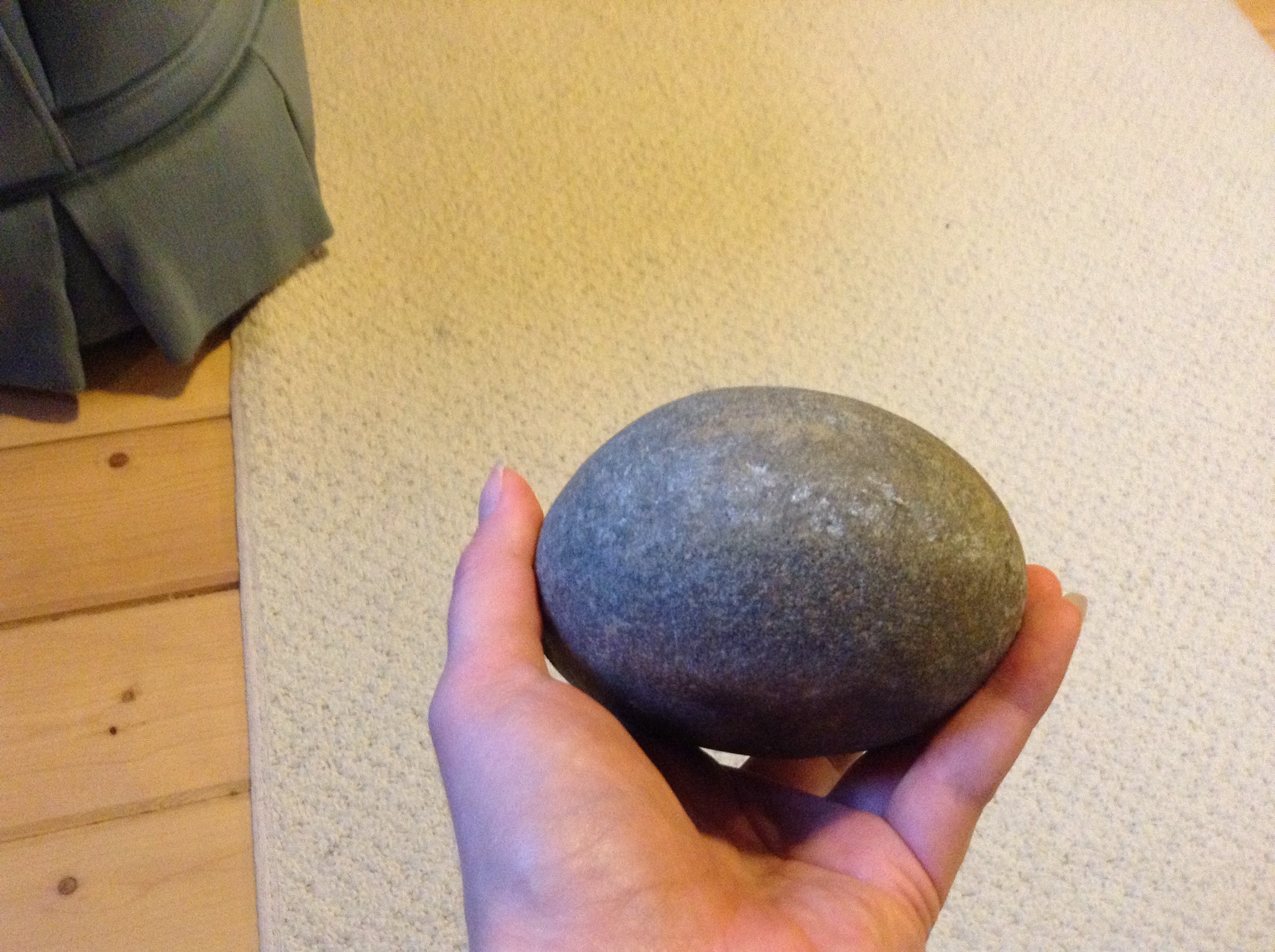
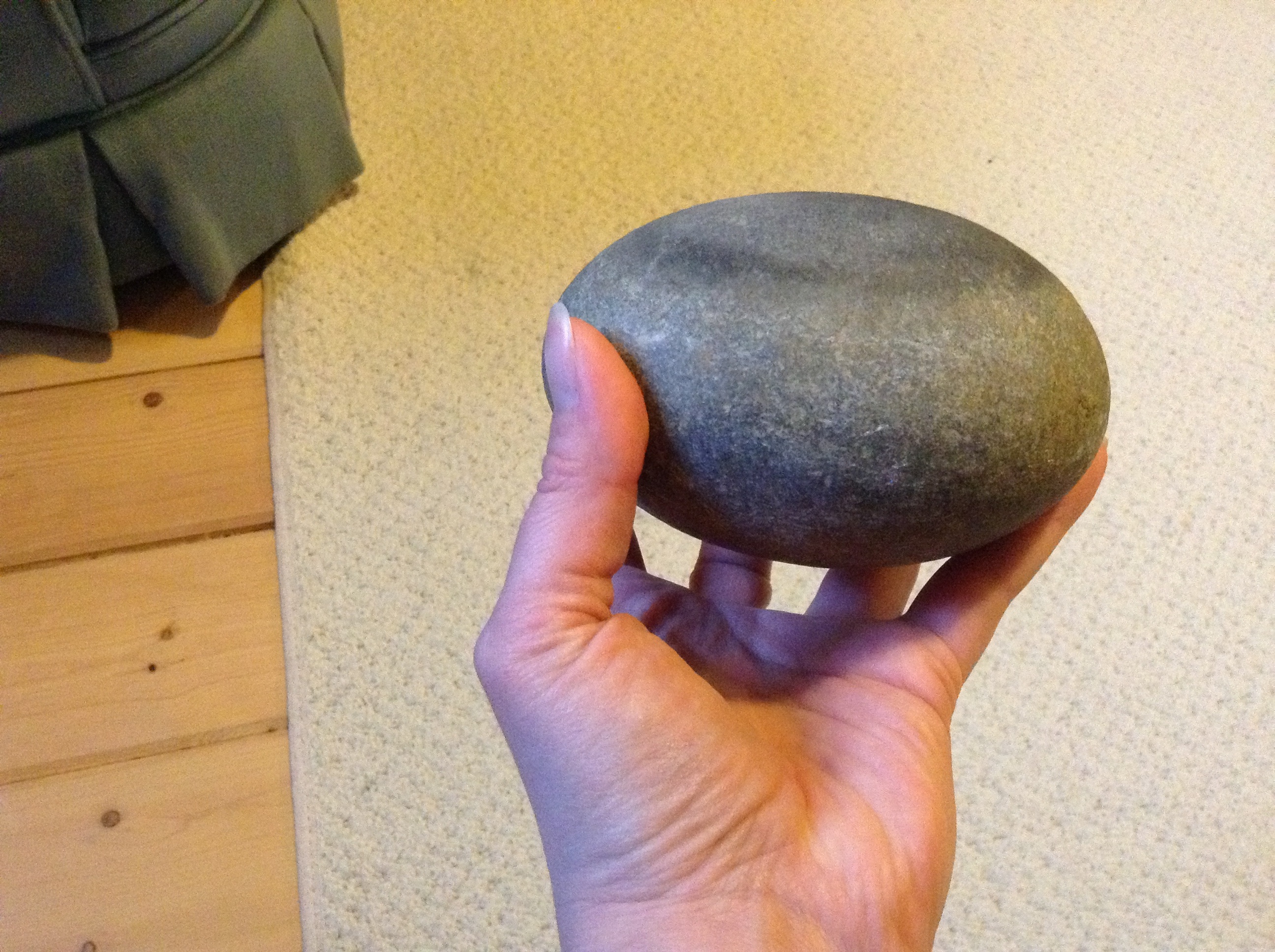

Ok, figured it out. In the last photo, they are frozen in the ground so I couldn't get the best picture, but they are pretty symmetrical.
These are really neat. I would love a huge one in my garden too.
There are similar but much smaller rocks found up here in Alaska. They call them spirit rocks. Most of them are very symmetrical . It is thought that a mosquito or some other small object landed in the mud and slowly the layers covered the seed object with the help of the tides.
I have actually found some small examples and brought them home to my gardens.
I have some photos , but I can't seem to get the photo box to cooperate. I'll try again soon.
edit on 9-11-2013 by woodsmom because: No such luck sorry.




Ok, figured it out. In the last photo, they are frozen in the ground so I couldn't get the best picture, but they are pretty symmetrical.
edit on 9-11-2013 by woodsmom because: Figured it out
reply to post by theantediluvian
They remind me of Moqui Balls that we would collect in Utah but on a larger scale. Moqui has similar character of having a sandstone core with an Iron type shell. many theories on how they formed.
Moqui Balls
They remind me of Moqui Balls that we would collect in Utah but on a larger scale. Moqui has similar character of having a sandstone core with an Iron type shell. many theories on how they formed.
Moqui Balls
new topics
-
This should be plastered all over the airwaves
Mainstream News: 18 minutes ago -
Oh, Good Gosh. “Kremlin Warns Stay Away from Greenland.”
World War Three: 2 hours ago -
Archbisop Vigano Warns of Deep State and Deep Church
New World Order: 2 hours ago -
A Flash of Beauty: Bigfoot Revealed ( documentary )
Cryptozoology: 8 hours ago -
Fire insurance in LA withdrawn months ago
General Conspiracies: 10 hours ago
top topics
-
Fire insurance in LA withdrawn months ago
General Conspiracies: 10 hours ago, 8 flags -
A Flash of Beauty: Bigfoot Revealed ( documentary )
Cryptozoology: 8 hours ago, 6 flags -
Oh, Good Gosh. “Kremlin Warns Stay Away from Greenland.”
World War Three: 2 hours ago, 5 flags -
Archbisop Vigano Warns of Deep State and Deep Church
New World Order: 2 hours ago, 3 flags -
This should be plastered all over the airwaves
Mainstream News: 18 minutes ago, 2 flags
active topics
-
This should be plastered all over the airwaves
Mainstream News • 2 • : fringeofthefringe -
Oh, Good Gosh. “Kremlin Warns Stay Away from Greenland.”
World War Three • 9 • : Flyingclaydisk -
Los Angeles brush fires latest: 2 blazes threaten structures, prompt evacuations
Mainstream News • 302 • : KrustyKrab -
Trump says ownership of Greenland 'is an absolute necessity'
Other Current Events • 95 • : Lazy88 -
Fire insurance in LA withdrawn months ago
General Conspiracies • 26 • : sapien1982 -
The Truth about Migrant Crime in Britain.
Social Issues and Civil Unrest • 45 • : covent -
Judge rules president-elect Donald Trump must be sentenced in 'hush money' trial
US Political Madness • 87 • : tkwaz -
A Flash of Beauty: Bigfoot Revealed ( documentary )
Cryptozoology • 4 • : CosmicFocus -
Archbisop Vigano Warns of Deep State and Deep Church
New World Order • 0 • : FlyersFan -
Planned Civil War In Britain May Be Triggered Soon
Social Issues and Civil Unrest • 33 • : sapien1982
18
